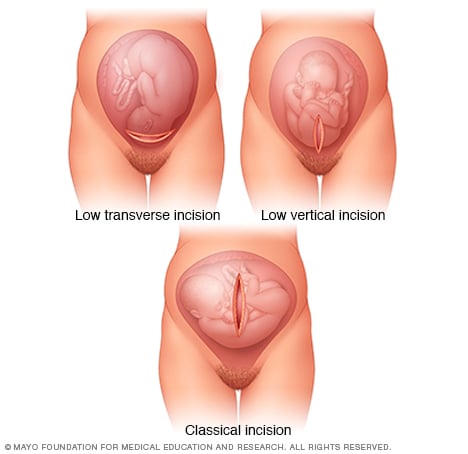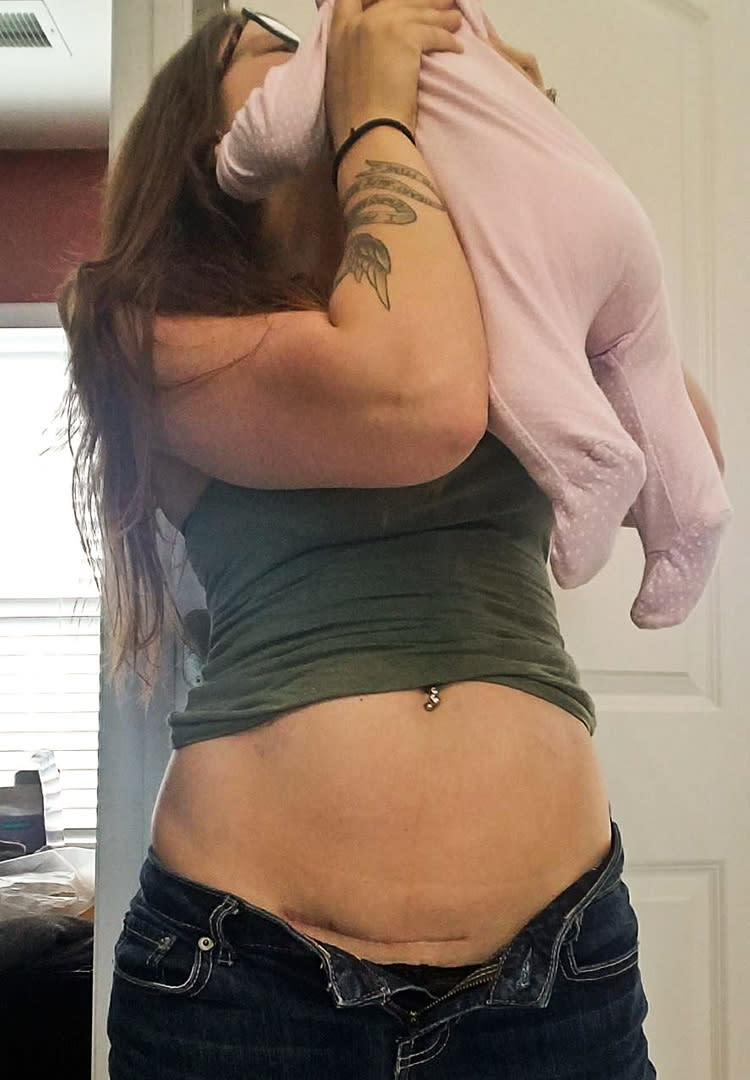Our C-Section Scars: Types, Healing Stages and Care Tips - The Ideas

Caesarean section scars: photos - BabyCentre UK Fundamentals Explained
On the other hand, cesarean shipment is a crucial lifesaving tool. It can prevent situations that would otherwise eliminate or disable an infant. C-sections minimize the dangers related to high-risk pregnancies. Additionally, lots of mothers benefit when they feel they have choices in how their birth is handled. There are 3 unique stages to cut recovery after a C-section and the scar tissue will have a different look in each stage.( 1) Inflammatory Phase: The first stage is called the inflammatory phase and it lasts for the very first couple of days after the c-section.

The incision site at this phase will be inflamed and red or pink.( 2) Proliferative Stage: Stage 2 is the proliferative phase and it lasts for 3-4 weeks. Throughout Find Out More Here start to gather and proliferate at the site of the incision. Fibroblasts produce collagen which operates to enhance the site of the incision and gather the edges.
During this phase, the c-section scar will get thicker and change color as it agreements.( 3) Improvement Stage: The final improvement stage can last for months or a year. During this stage the thick, puffy scar tissue gradually flattens and loses its color. This is when the c-section scar need to disappear and begin to look much better.
Steri-strips are frequently utilized to keep the c-section cut closed and clean above the stitching. The usage of steri-strips can help minimize the extent of any c-section scarring since the strips keep the external skin layers tight, tidy, and protected from the sun during the recovery process. Steri-strips should be left in location for as long as possible after your c-section.

C-section scar types and recovery tips
Getting My C-Section Scar - Recovery and Healing - Elastoplast To Work
This typically happens after a 7-12 days. If they don't fall off by themselves your physician will remove them at your follow-up consultation. C-section glue (incision glue) is a commonly used technique of keeping a c-section incision closed after the procedure. C-section glue is a special kind of medical adhesive that dries within seconds after being exposed to the air.

Negative pressure wound therapy may not lower infection risk after C-section: JAMA
If appropriately applied incision glue is extremely reliable. It forms a protective, waterproof bond that defends against infections while allowing showering and washing. The other major benefit of cut glue is that it enables the fastest healing and leaves the least amount of c-section scarring. If your c-section glue begins peeling not long after surgery you ought to contact your medical professional.
